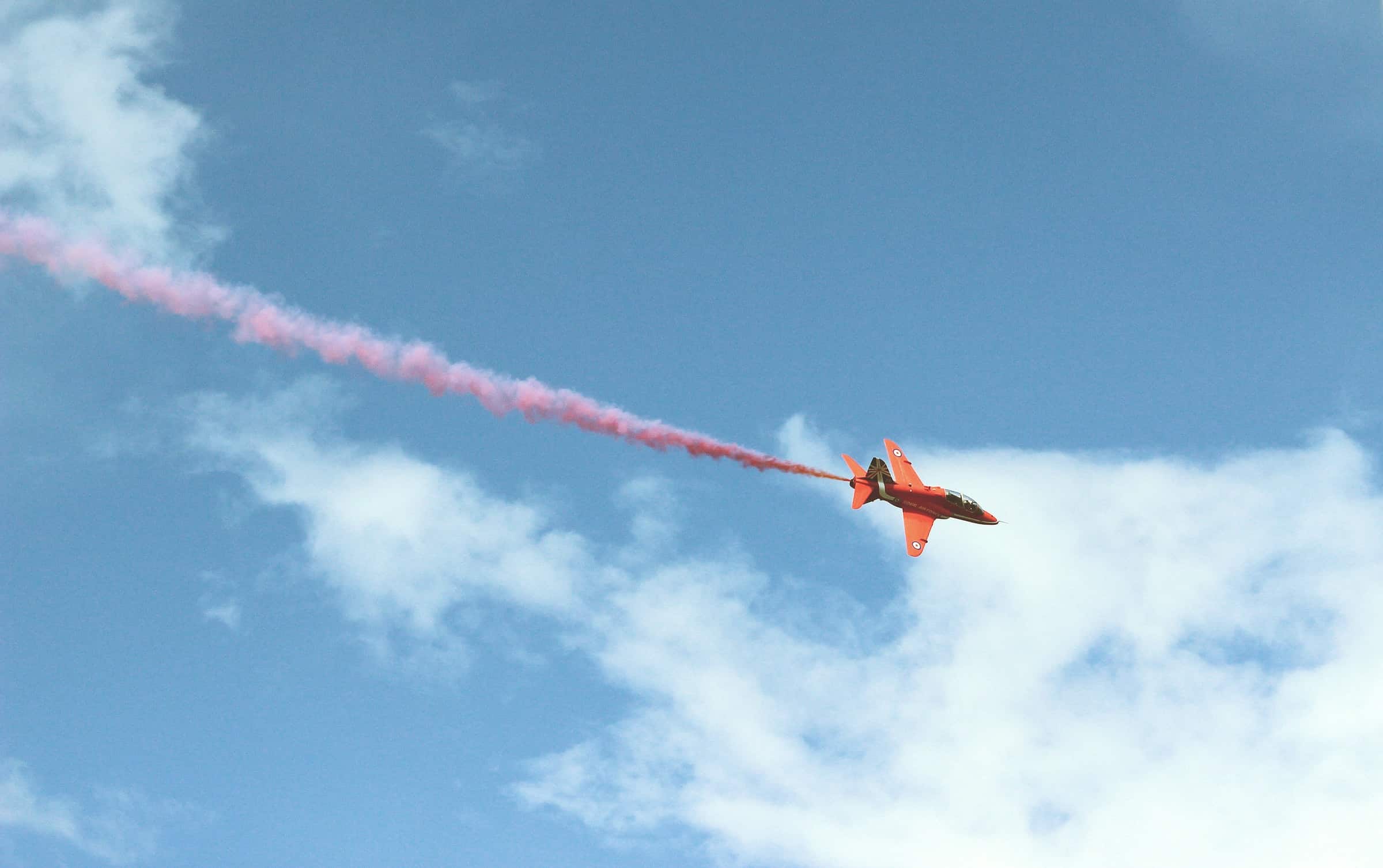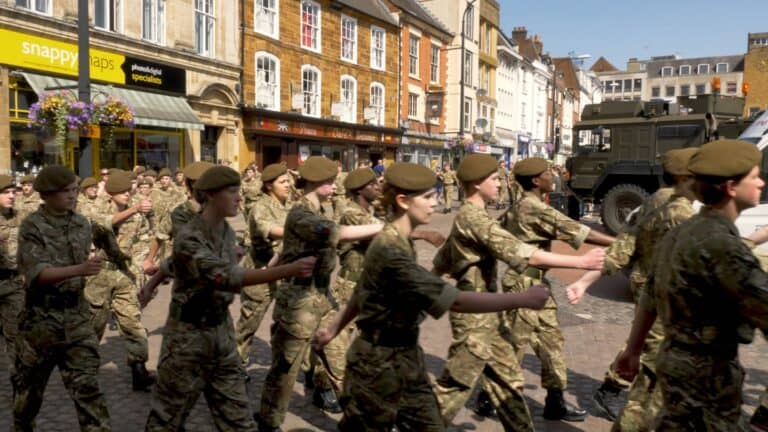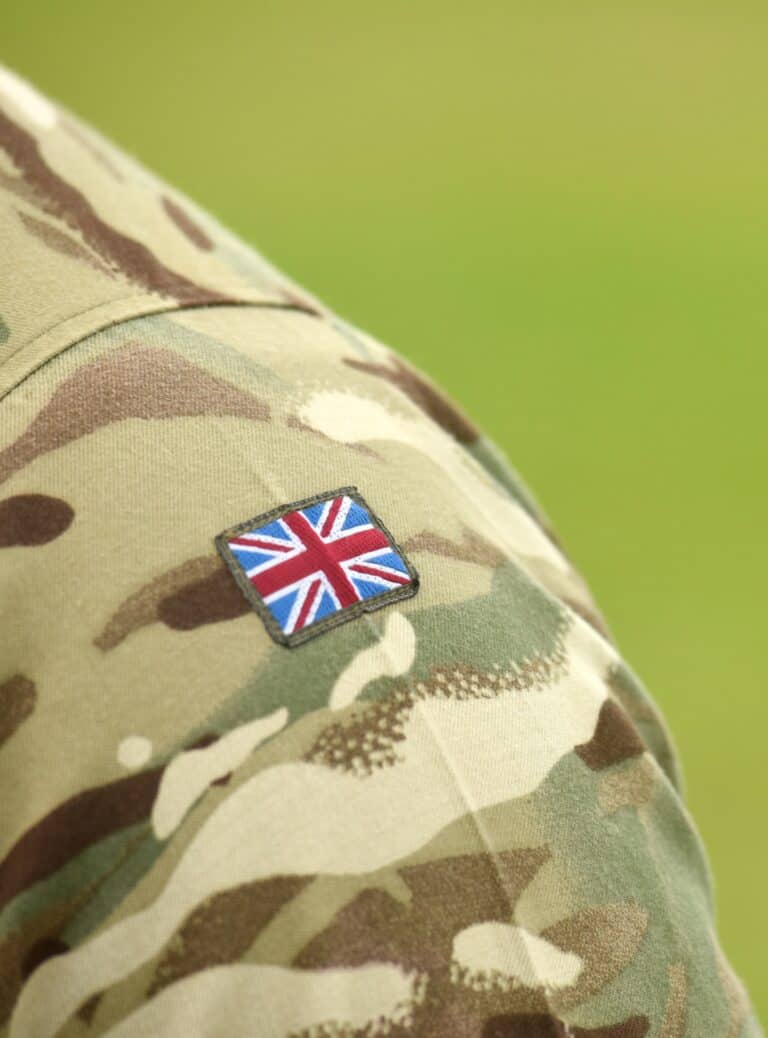
What does the Service Inquiry into the Red Arrows Accident reveal about Jonathan Bayliss’ death?
The MOD have now published their report following the Service Inquiry conducted by the Defence Safety Authority into the crash of a Red Arrows Hawk jet at RAF Valley on 20th March 2018. The accident resulted in the tragic death of Red Arrows Engineer Corporal Jonathan Bayliss, as well as seriously injuring the pilot, who managed to eject just before impact. The report examines the circumstances leading up to the accident and makes recommendations in order to prevent it happening again.
The Hawk had flown from its base at RAF Scampton to RAF Valley on the morning of the exercise. It was a standard exercise flight to give the pilot some flying time as well as allow the Engineer to familiarise himself with the Hawk. The Red Arrows would soon be starting to prepare for their traditional summer display season, travelling across Europe and America.
The Hawk took off from RAF Valley with the pilot intending to perform an exercise called ‘practice engine failure after take-off’ (“PEFATO”) before flying back to RAF Scampton. Corporal Bayliss had only flown in the Hawk jet for the first time that day and had not had any simulator training before this flight. The report recommended that all those with the Red Arrows crew should complete simulator training before undertaking live flight experiences. The report recognised that there was no real need for engineers to be exposed to potential hazardous flight profiles such as the one carried out by the pilot as it was not directly associated to their role as a crew member. These manoeuvres were practiced by pilots to replicate what could happen during a display – no engineers would be flying with them in those circumstances.
The report concluded that the accident was caused by the aircraft stalling, with the initiation of a go around with insufficient height to recover. It found that lack of continuation training, specifically PEFATO and practice forced landing could result in skill fade. It was likely that the pilot, although very experienced, was suffering from fatigue and was distracted during the flight manoeuvre which may have reduced his situational awareness. The report also concluded that it was likely that in the critical moments of the manoeuvre he may not have appreciated the hazards.
The panel found that although Corporal Bayliss had completed his requisite training, the lack of simulator training prior to the flight could have placed increased risk on him as it was his first experience of flying in the cockpit. Critically for Corporal Bayliss, the panel could not find evidence that any training would have prepared him to independently recognise the need to eject from the cockpit as the accident unfurled. The pilot ejected 0.5 seconds before the Hawk made contact with the ground and that was insufficient time for him to warn Corporal Bayliss and allow him to react appropriately. Simulations indicated that if a front seat-initiated command eject system had been in place then both the pilot and Corporal Bayliss might have vacated the aircraft before it made impact with the ground.
Following the publication of the report, the family of Corporal Bayliss, for whom I act, asked me to issue this statement:
“The family of Corporal Jonathan Bayliss are still coming to terms with the loss of their beloved son and brother and they are very grateful for the support the RAF and the Red Arrows have afforded them during this difficult time. Whilst the inquest into Corporal Bayliss’ death is awaited, we welcome the findings of this report, which attaches no blame whatsoever to Jonathan for this tragic accident. Today’s report provides a number of recommendations based on learnings from this accident. The family understand that the MOD and RAF have already begun to implement some of these recommendations and hope that they continue to do so in order to avoid further similar tragedies in the future.”










